Dashboard warning lights can be confusing, but they’re essential for keeping your car in good shape. Understanding what these lights mean can help you avoid costly repairs and stay safe on the road. In this article, we’ll break down 20 common dashboard warning lights you need to know about and explain what you should do when they light up.
Contents
Check Engine Light (Malfunction Indicator Lamp)
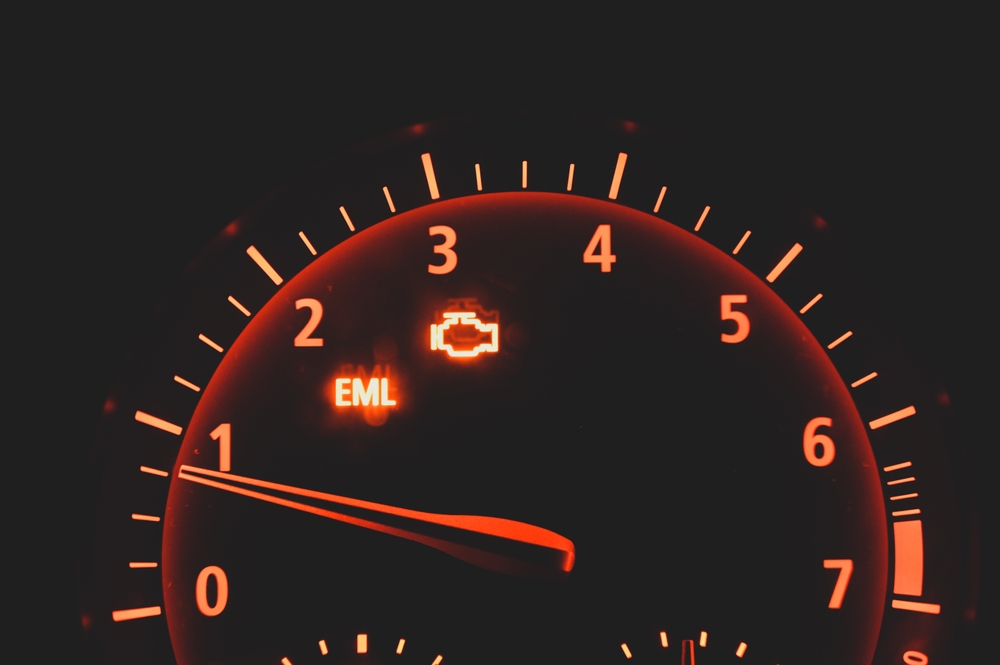
The Check Engine Light is one of the most crucial dashboard indicators. It signals that your car’s engine management system has detected an issue, which could range from a loose gas cap to more serious engine problems. Ignoring this light can lead to more significant damage and costly repairs.
Battery Warning Light
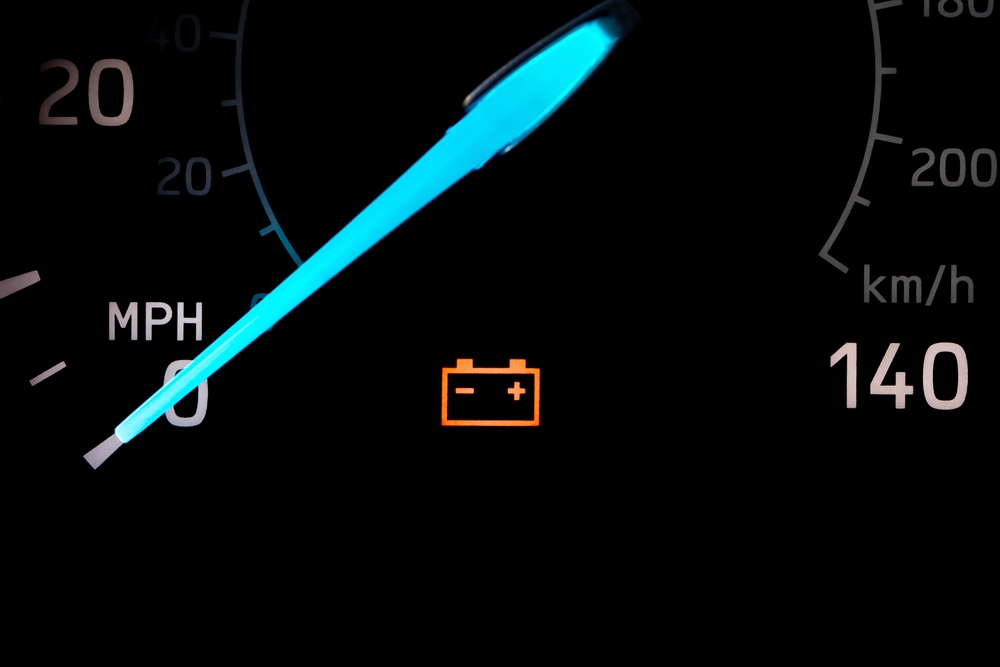
The Battery Warning Light alerts you to problems with the car’s electrical system, particularly the charging system. This light often indicates a failing alternator, a weak battery, or loose wiring. If ignored, you could find yourself stranded with a dead battery.
Oil Pressure Warning Light
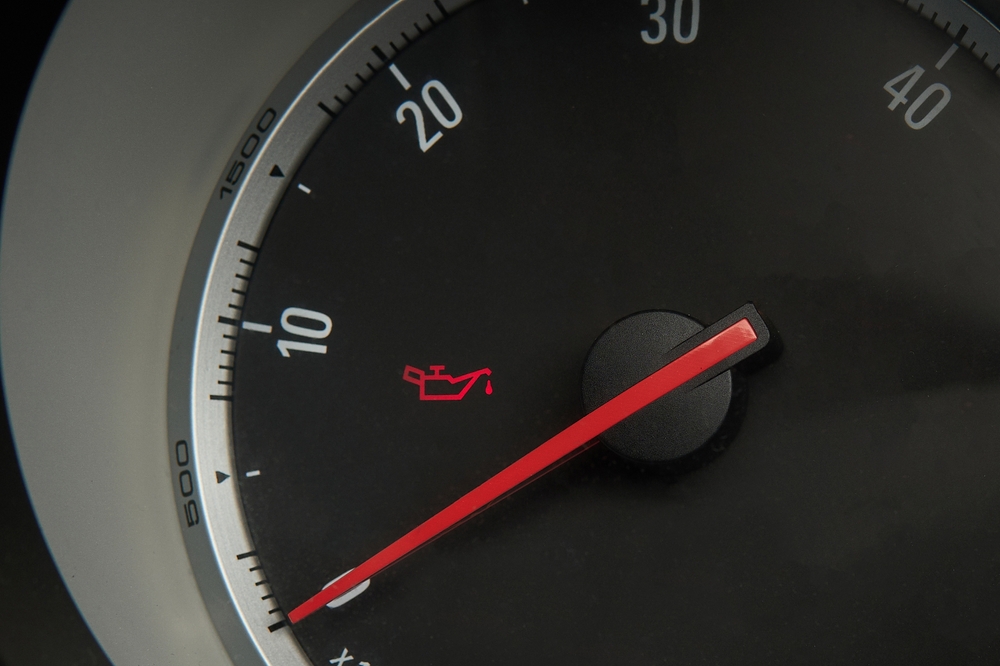
This light warns of low oil pressure in your engine, which could lead to severe engine damage if not addressed. Low oil pressure could be caused by a low oil level, a failing oil pump, or oil leaks. It’s crucial to stop driving immediately and check the oil level to prevent engine failure.
Brake System Warning Light
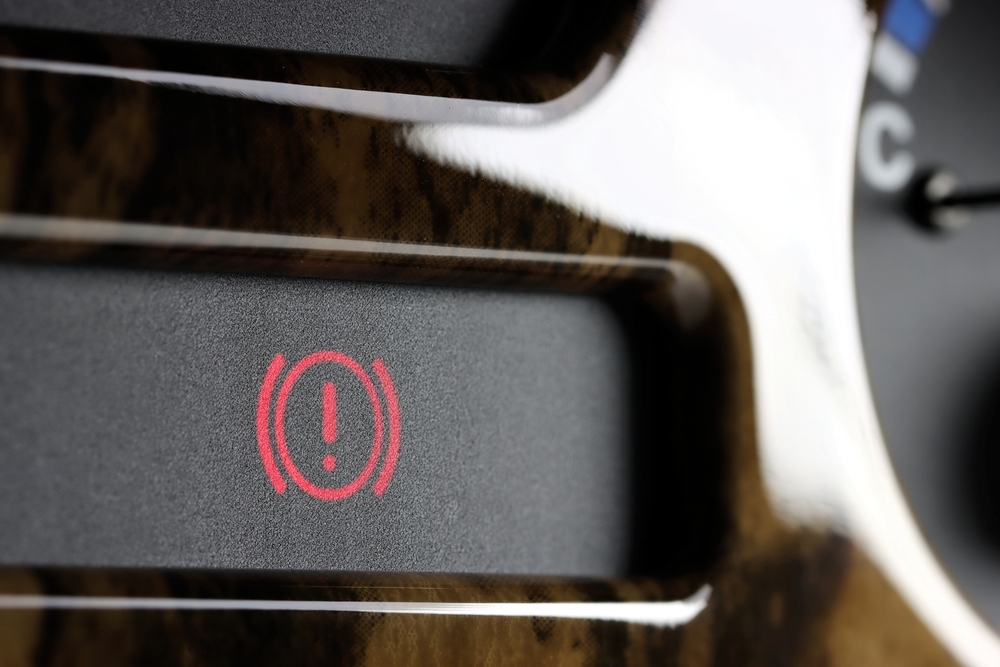
The Brake System Warning Light indicates issues with your braking system, such as low brake fluid or problems with the anti-lock braking system (ABS). Given the importance of brakes for safety, it’s essential to address this warning promptly to avoid brake failure.
Tire Pressure Monitoring System (TPMS) Light
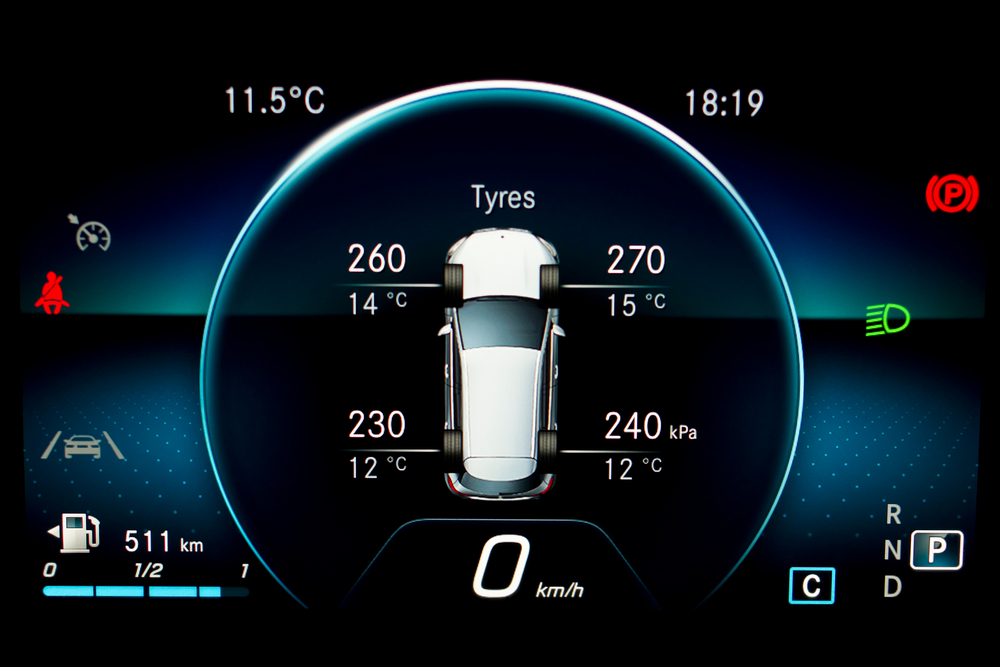
Image Editorial Credit: Shutterstock.com
The TPMS Light alerts you when one or more of your tires are underinflated. Proper tire pressure is vital for safe handling, fuel efficiency, and tire longevity. Ignoring this light can lead to poor vehicle performance or even a tire blowout.
Temperature Warning Light
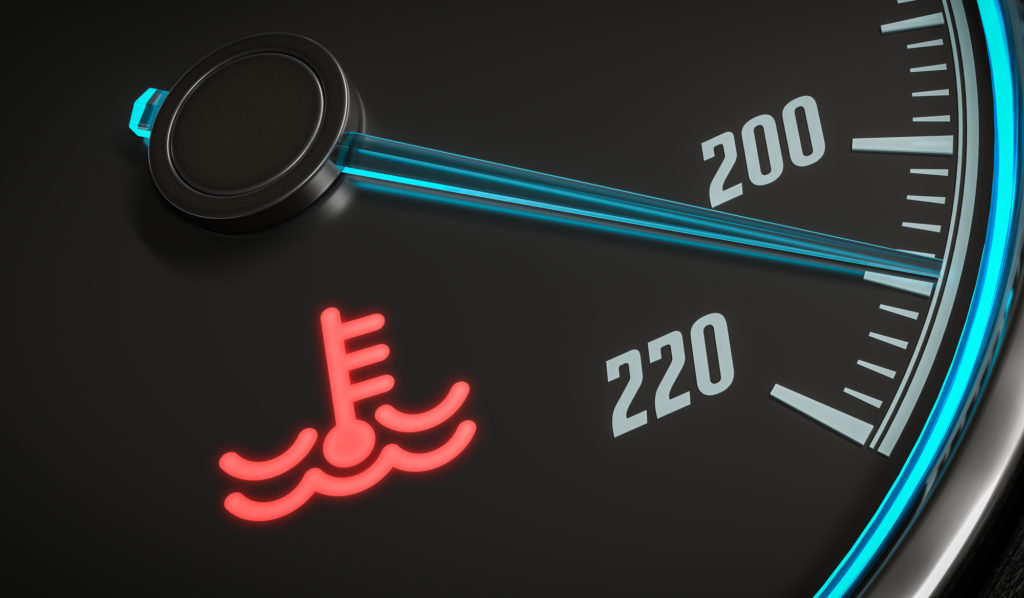
Image Editorial Credit: Shutterstock.com
This light indicates that your engine is overheating, which can cause severe damage if not addressed. Overheating can result from a coolant leak, a failed thermostat, or a broken water pump. Pull over immediately to avoid engine failure.
ABS Warning Light

The ABS Warning Light illuminates when there’s a problem with the anti-lock braking system. ABS is crucial for preventing wheel lockup during hard braking, helping you maintain control of the vehicle. Addressing ABS issues is essential for safe driving, especially in slippery conditions.
Airbag Warning Light
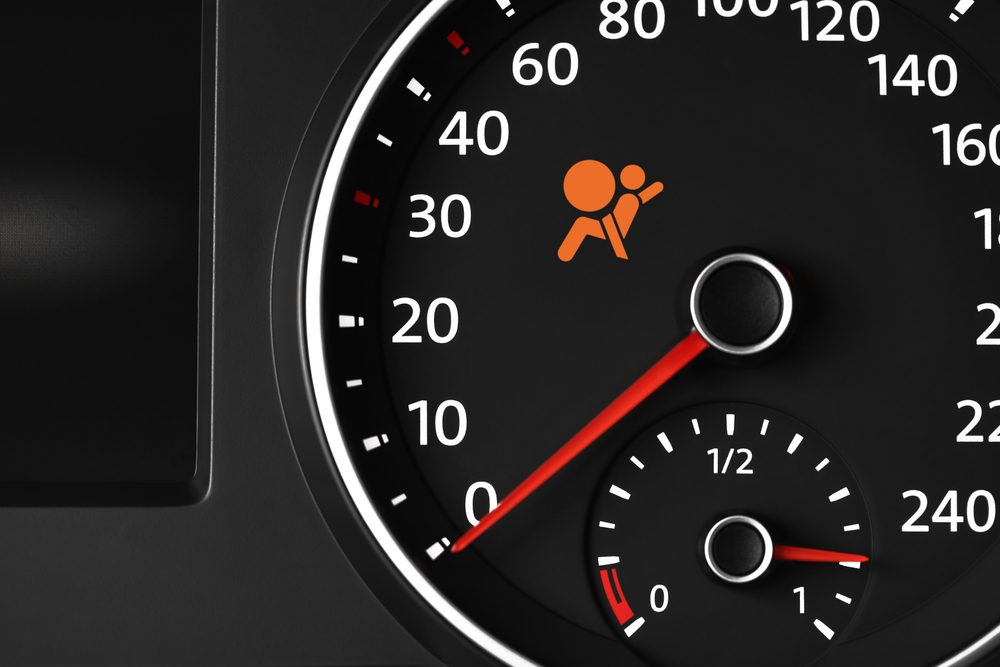
The Airbag Warning Light signals a malfunction in the airbag system. If this light is on, your airbags may not deploy in the event of a collision, posing a significant safety risk. It’s important to have this system checked and repaired by a professional.
Power Steering Warning Light
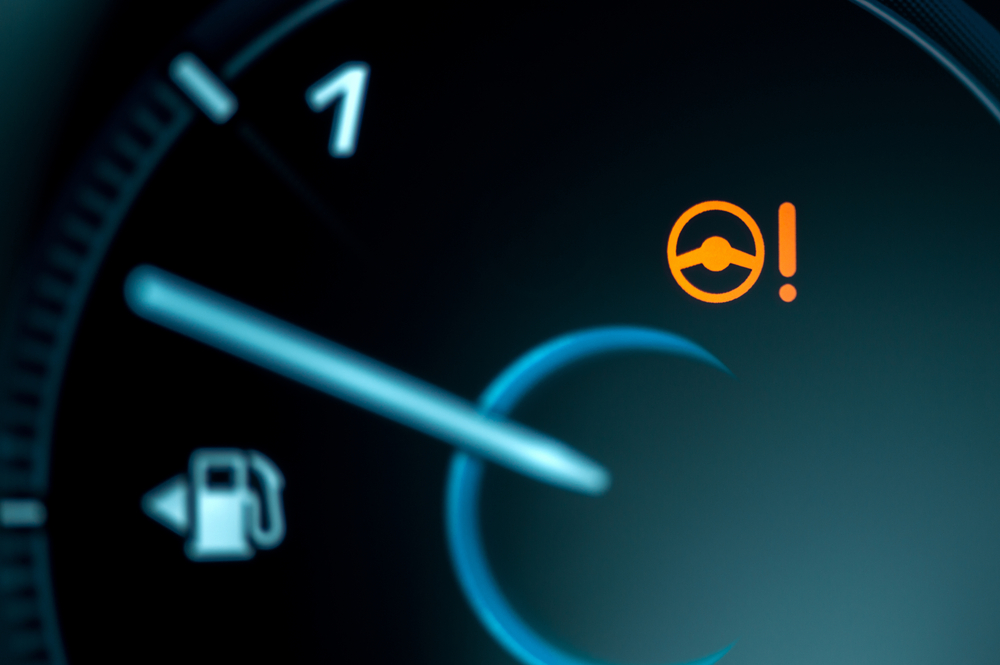
This light warns of issues with the power steering system, which can affect your ability to steer the vehicle safely. A failing power steering pump, low fluid levels, or electrical issues can trigger this light. Ignoring it could lead to a sudden loss of steering control.
Transmission Temperature Warning Light
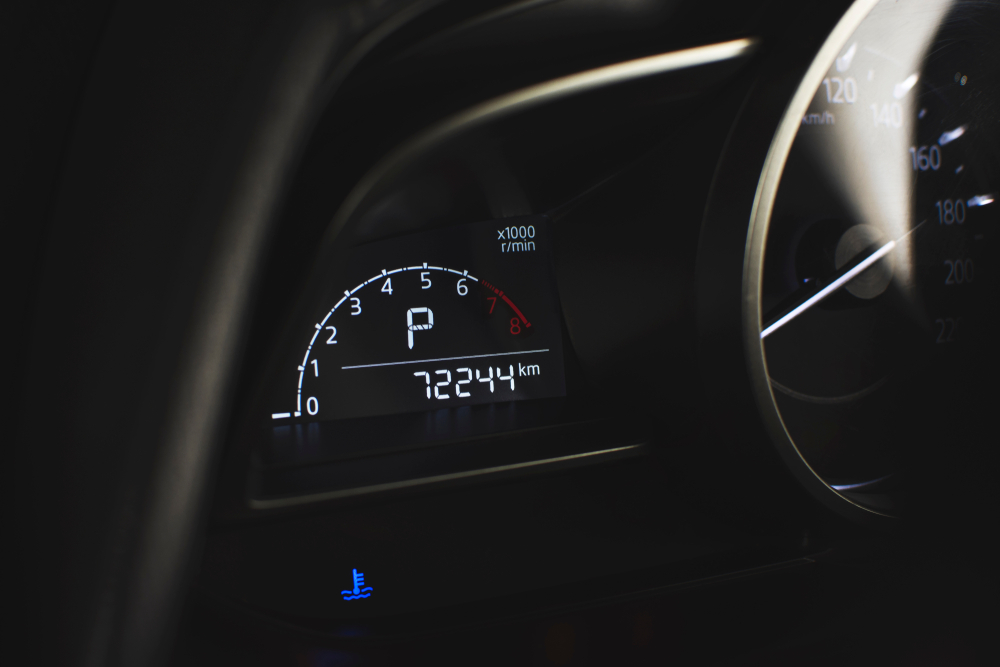
The Transmission Temperature Warning Light indicates that your transmission is overheating. High transmission temperatures can lead to transmission failure or expensive repairs. Causes can include low transmission fluid, a faulty cooling system, or heavy towing.
Fuel Level Warning Light
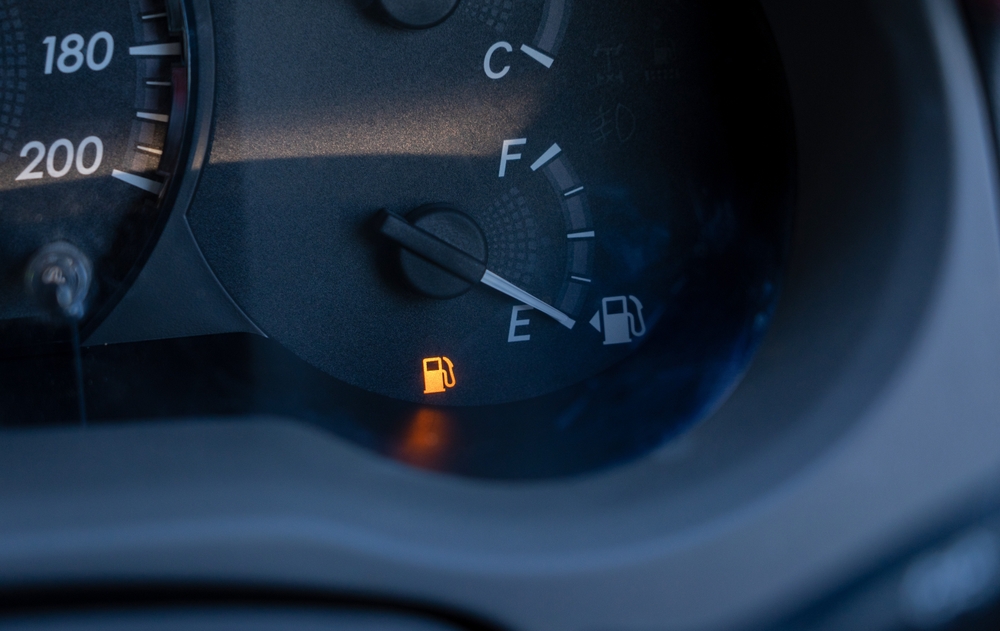
The Fuel Level Warning Light reminds you when your fuel is running low. While it may seem trivial, running out of fuel can cause more than just inconvenience; it can also damage your fuel pump. It’s a simple reminder to fill up before it’s too late.
Door Ajar Warning Light
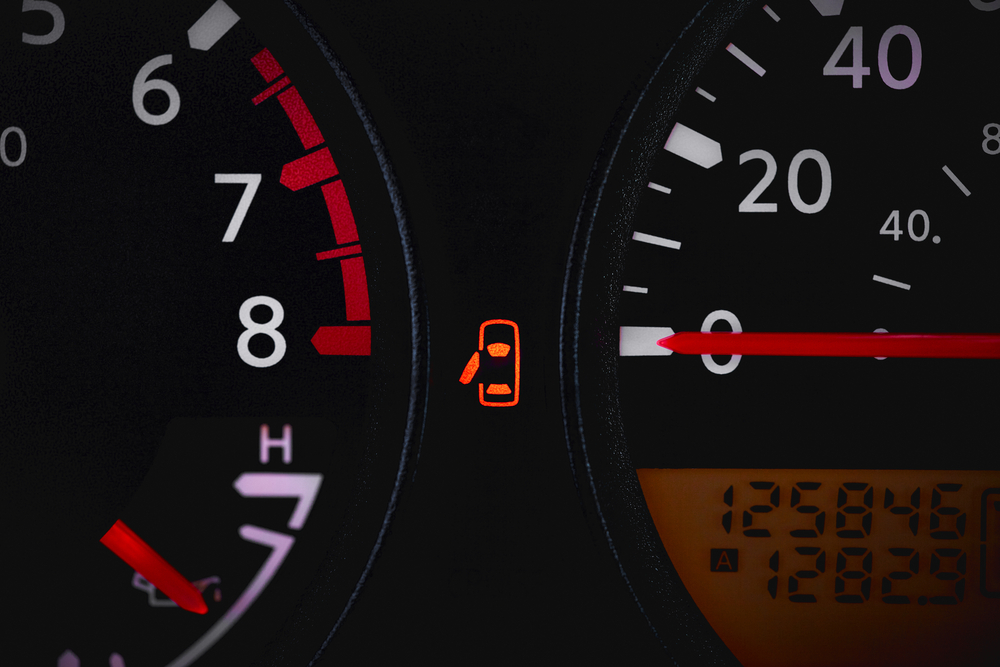
The Door Ajar Warning Light alerts you that one or more of your vehicle’s doors are not fully closed. Driving with an open door can be dangerous, as it increases the risk of doors swinging open while the vehicle is in motion. This light ensures that all passengers are secure.
Seatbelt Warning Light
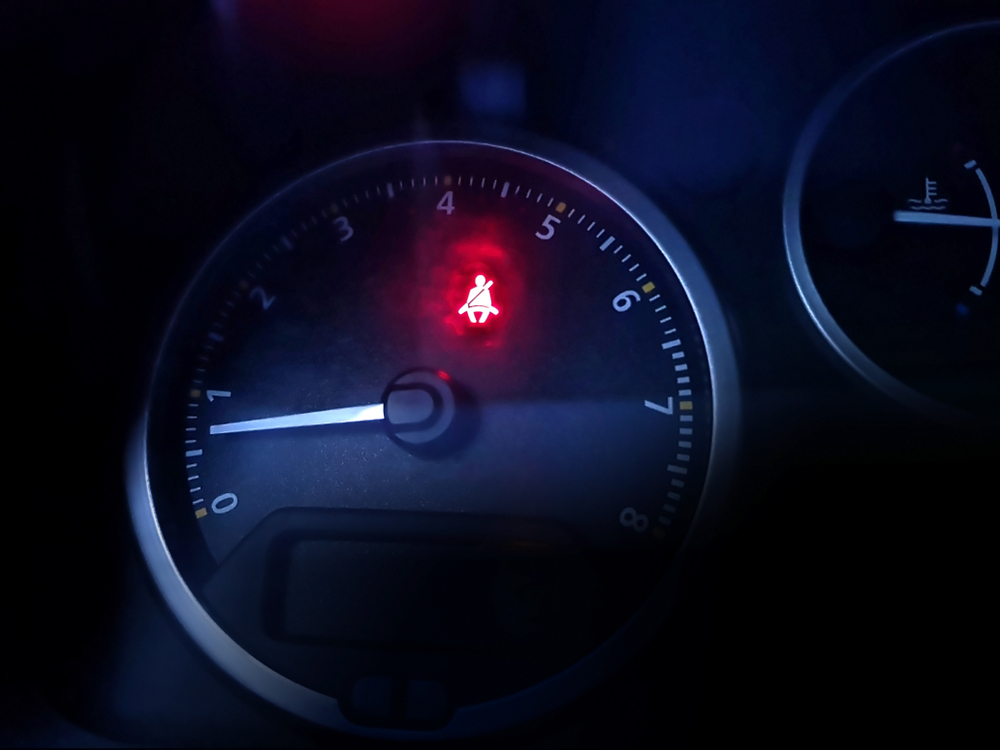
Image Editorial Credit: Shutterstock.com
The Seatbelt Warning Light reminds you to buckle up, which is the simplest and most effective way to protect yourself in a crash. Some vehicles also include an audible alert that continues until all seatbelts are fastened. This light plays a key role in passenger safety.
Traction Control Warning Light
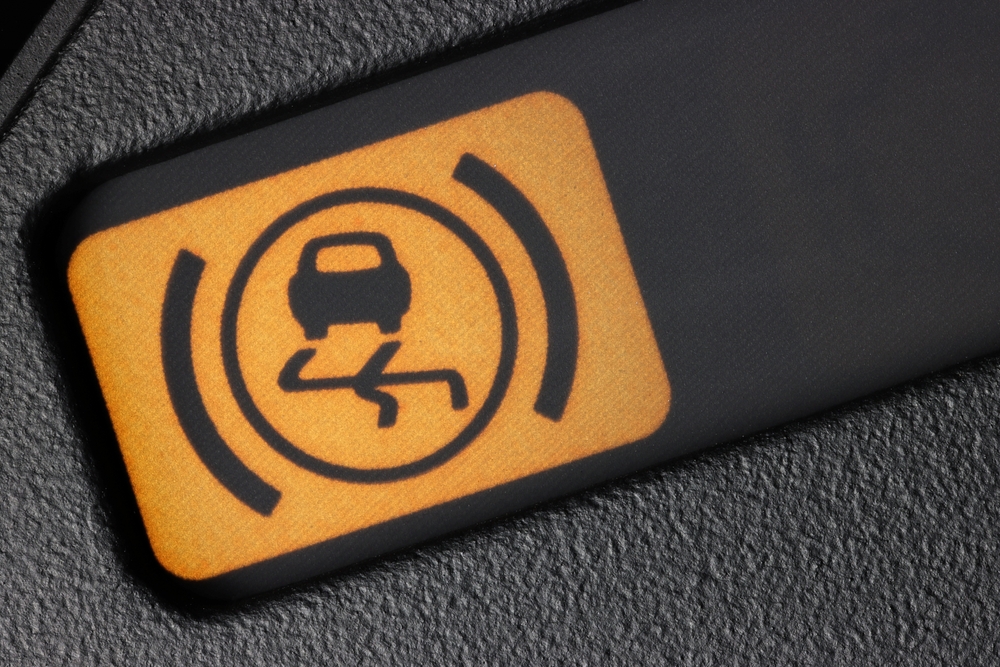
This light indicates that the vehicle’s traction control system is either active or experiencing an issue. Traction control helps prevent wheel spin during acceleration, especially in slippery conditions. If the light stays on, it may mean that the system is disabled, which could compromise safety.
Cruise Control Indicator Light
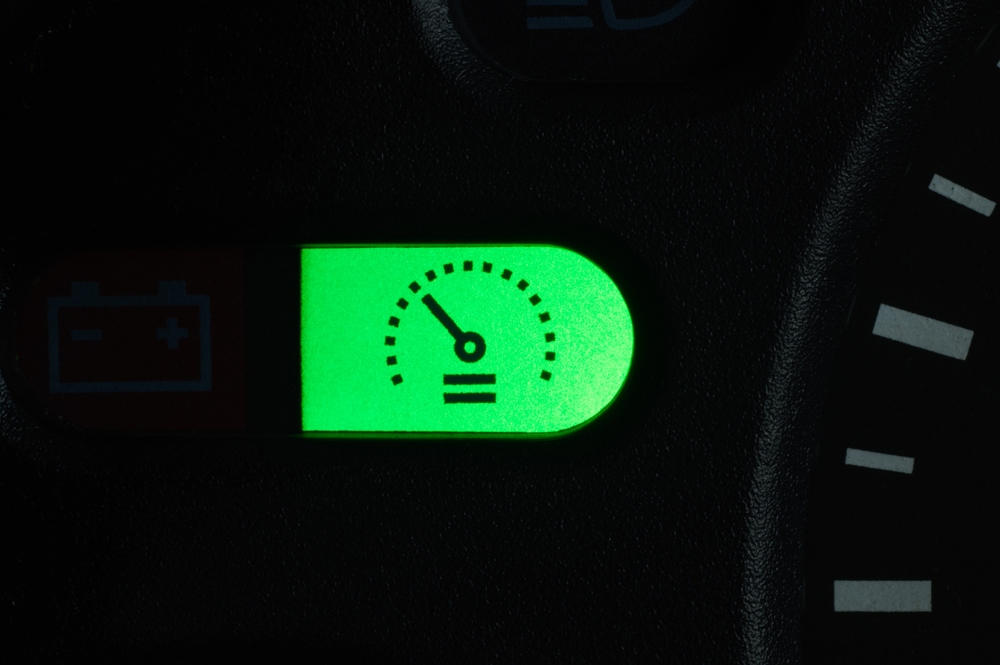
The Cruise Control Indicator Light shows that the cruise control system is active. While not a warning light, it’s important to be aware when cruise control is engaged to maintain proper control over your vehicle’s speed, especially in changing traffic conditions.
Fog Light Indicator
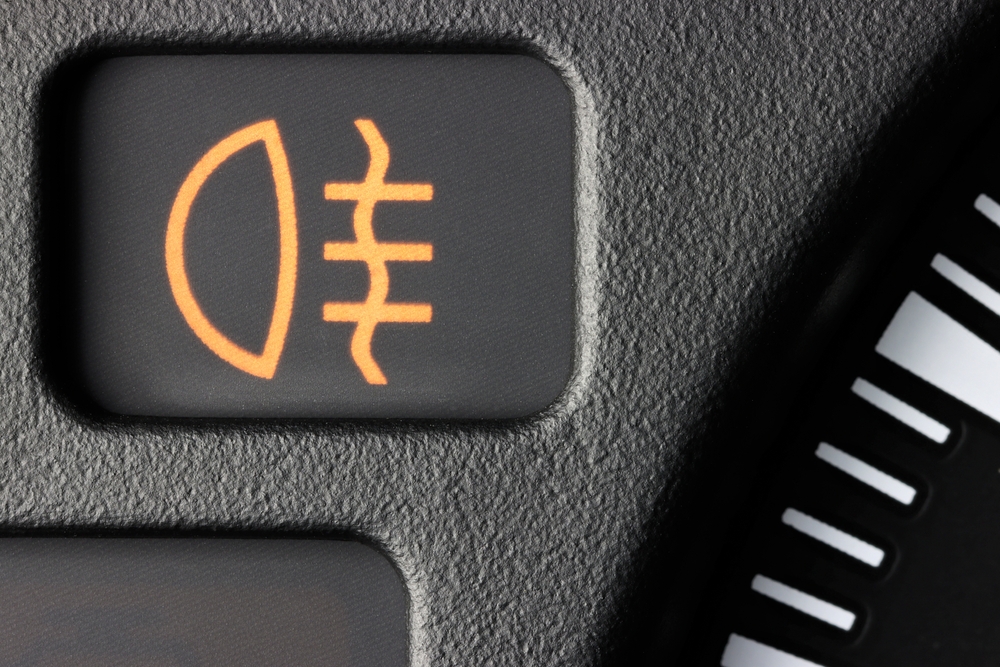
The Fog Light Indicator reminds you that your fog lights are on. Fog lights improve visibility in foggy or misty conditions, but they can blind other drivers if left on in clear weather. This light helps you avoid inadvertently dazzling other road users.
High Beam Indicator Light
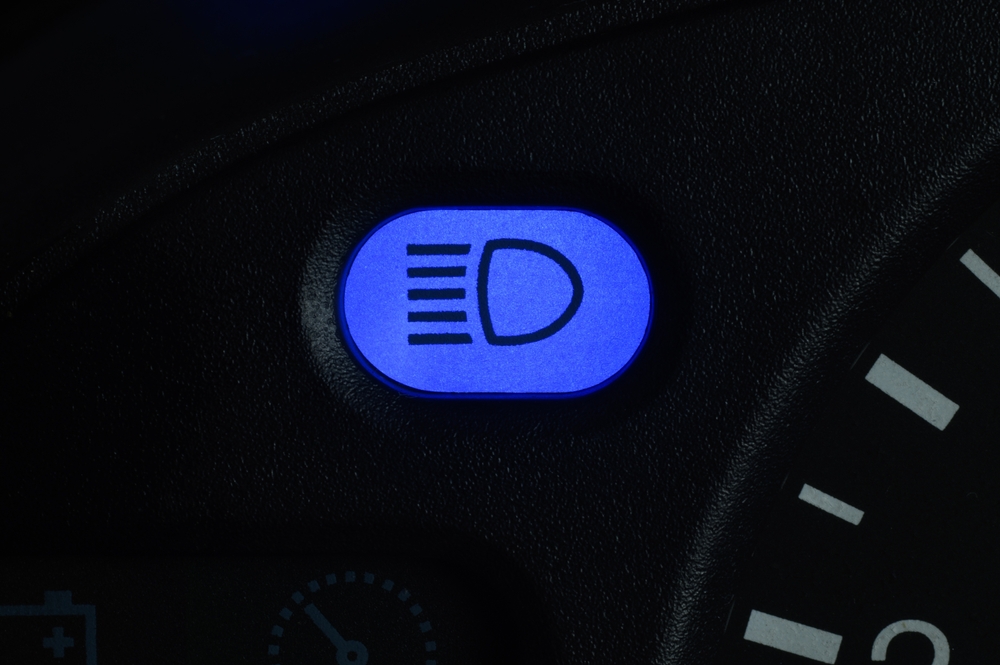
The High Beam Indicator Light shows that your high beams are on. High beams improve visibility on dark roads but can blind oncoming traffic if not switched off in time. This light ensures you’re aware of when to dim your headlights.
Washer Fluid Warning Light
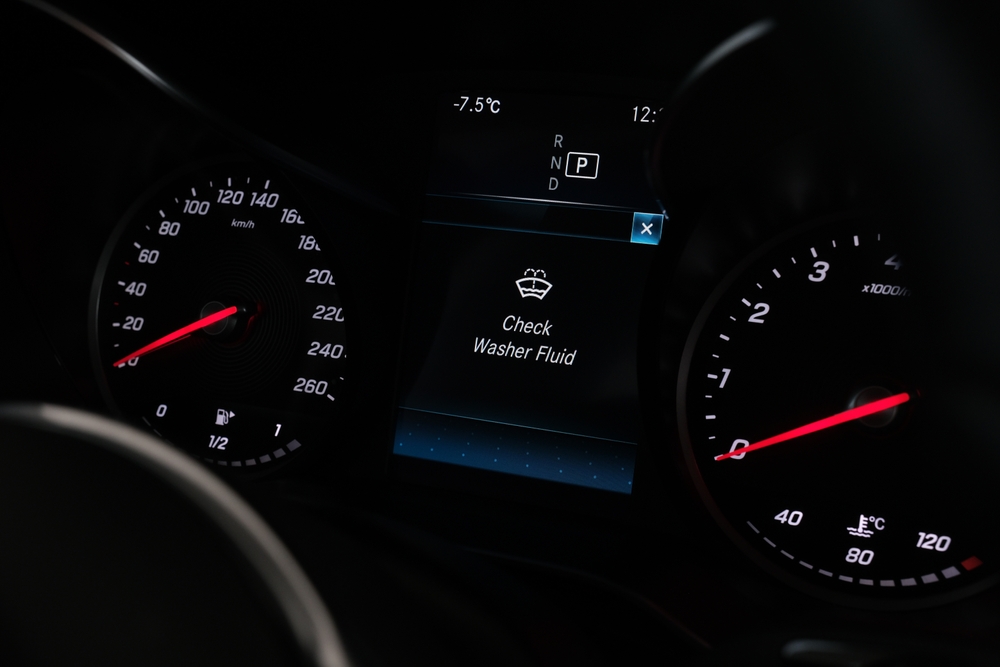
The Washer Fluid Warning Light alerts you when the windshield washer fluid is low. Clean windshields are crucial for visibility, especially during bad weather. Keeping your washer fluid topped off ensures you can clear your windshield of dirt, bugs, and other debris.
Glow Plug Indicator Light (Diesel Engines)
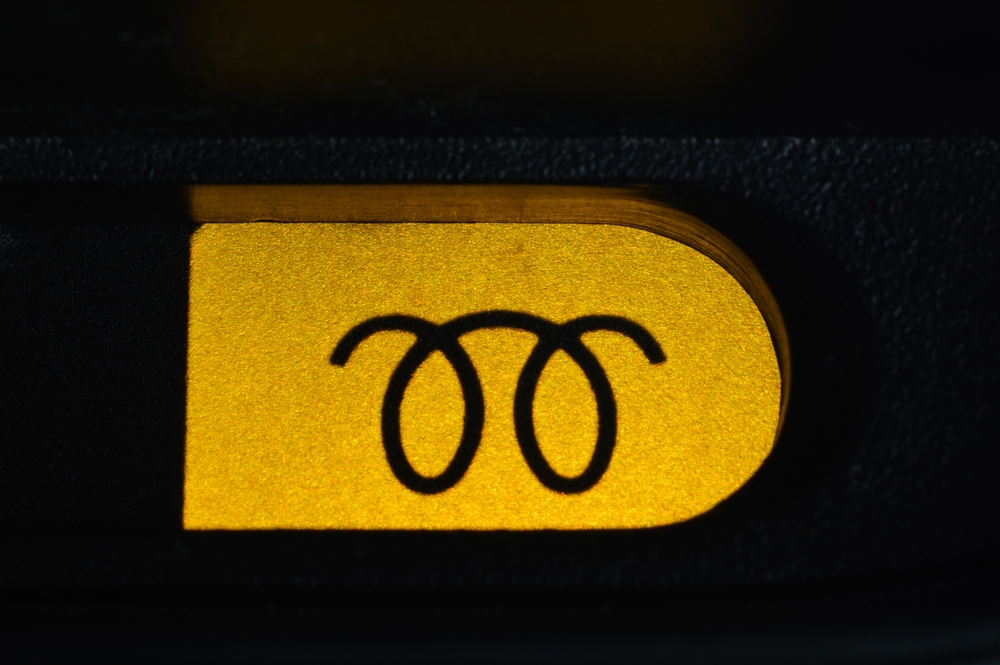
The Glow Plug Indicator Light is specific to diesel vehicles and shows that the glow plugs are warming up to start the engine. If this light stays on after the engine has started, it could indicate a problem with the glow plugs or the engine’s starting system.
Adaptive Cruise Control Warning Light
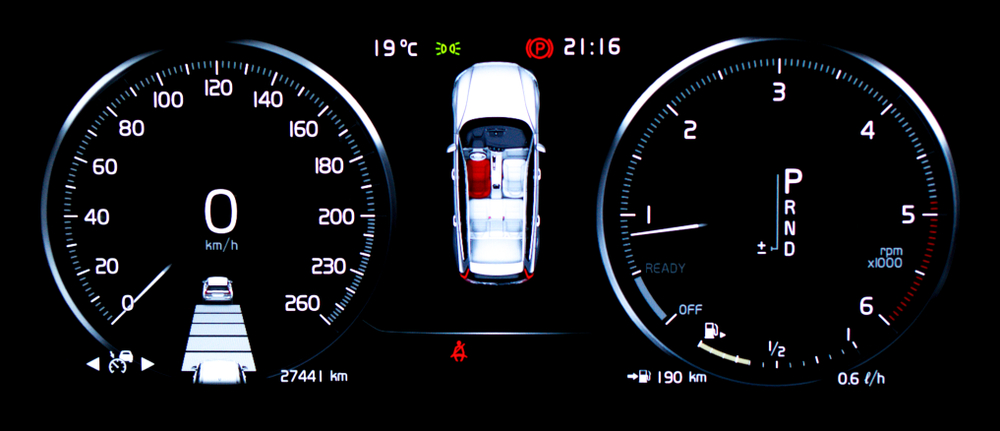
The Adaptive Cruise Control Warning Light indicates that the adaptive cruise control system is active or experiencing an issue. Adaptive cruise control automatically adjusts your speed to maintain a safe following distance from the car ahead. Understanding this light ensures you know when this feature is functioning or needs attention.
This article originally appeared in MyCarMakesNoise.
More from MyCarMakesNoise
The Top 20 Most Expensive Touring Bikes Today

If you’re a motorcycle enthusiast with a taste for luxury, you’re in for a treat. In this article, we explore the top 20 most expensive touring bikes available today. Read More
20 Most Badass Movie Vehicles Ever

From sleek sports cars to rugged off-road beasts, movie vehicles have a special place in our hearts. These iconic rides not only steal the spotlight but also define the characters who drive them. Read More
15 Surprising Facts About Hybrid Cars You Should Know

Hybrid cars have gained immense popularity for their promise of fuel efficiency and environmental benefits. However, some surprising aspects of these vehicles often go unnoticed. In this article, we uncover 15 shocking facts about hybrid cars that every potential owner should know. Read More














